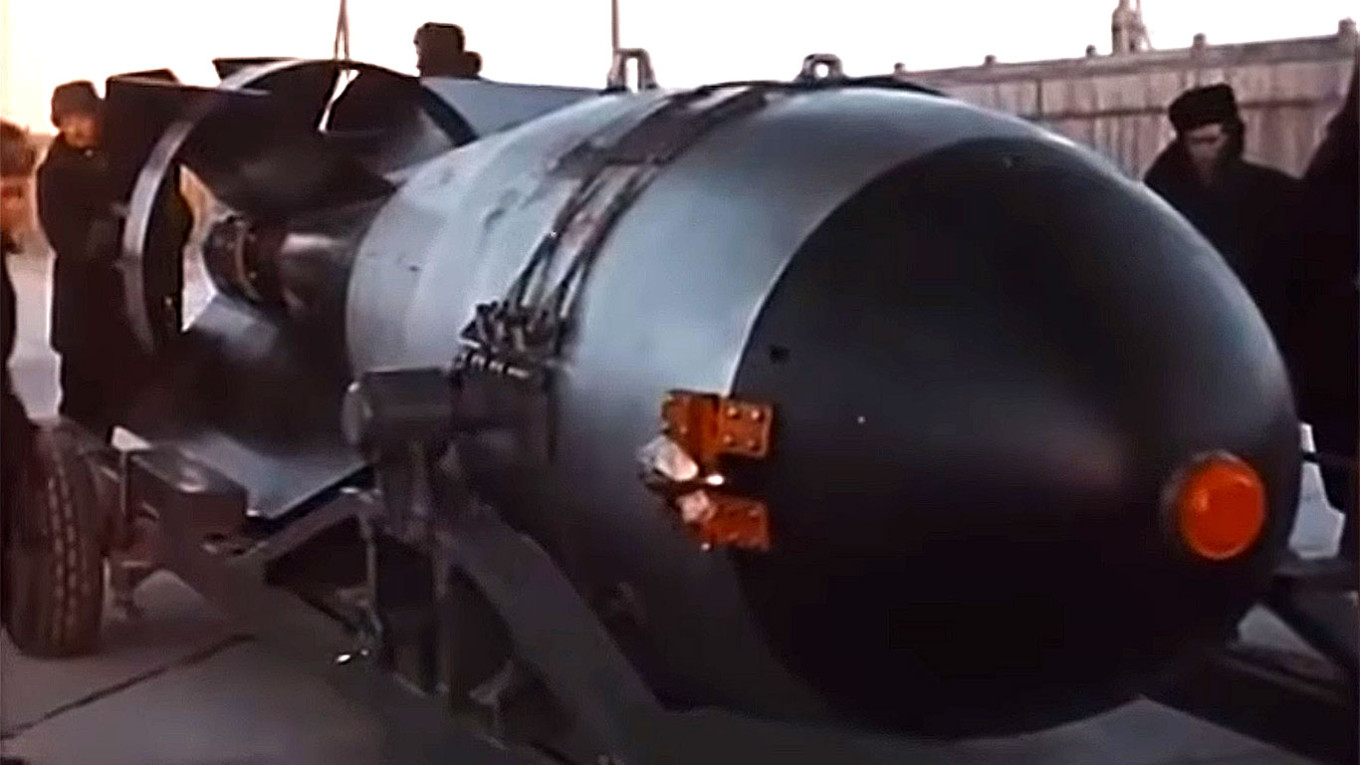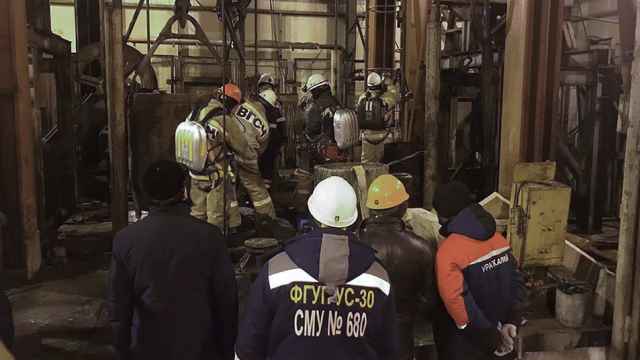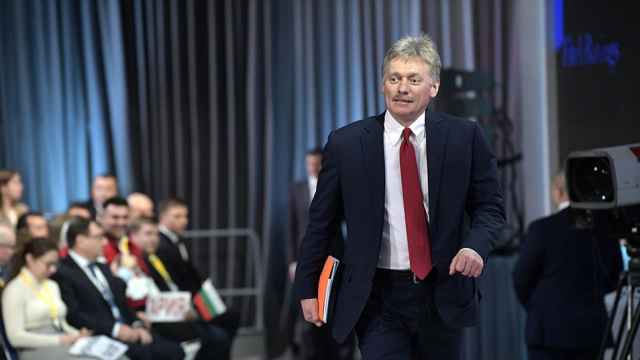A Russian physicist and co-creator of the Soviet Union’s first two-stage hydrogen bomb committed suicide in his central Moscow apartment at the age of 92, Russian media reported late Wednesday, citing investigators.
Grigory Klinishov’s body was found by his 67-year-old daughter on Saturday alongside a death note, according to the Kommersant business daily.
He was said to have written that he was grieving over the death of his wife and was battling his own health issues.
Klinishov had worked under the prominent Soviet nuclear physicist and later dissident Andrei Sakharov in the 1950s.
The physicist developed a charge for the two-stage hydrogen bomb RDS-37, which was tested in November 1955 and led to a series of Soviet hydrogen bomb tests.
A Message from The Moscow Times:
Dear readers,
We are facing unprecedented challenges. Russia's Prosecutor General's Office has designated The Moscow Times as an "undesirable" organization, criminalizing our work and putting our staff at risk of prosecution. This follows our earlier unjust labeling as a "foreign agent."
These actions are direct attempts to silence independent journalism in Russia. The authorities claim our work "discredits the decisions of the Russian leadership." We see things differently: we strive to provide accurate, unbiased reporting on Russia.
We, the journalists of The Moscow Times, refuse to be silenced. But to continue our work, we need your help.
Your support, no matter how small, makes a world of difference. If you can, please support us monthly starting from just $2. It's quick to set up, and every contribution makes a significant impact.
By supporting The Moscow Times, you're defending open, independent journalism in the face of repression. Thank you for standing with us.
Remind me later.






